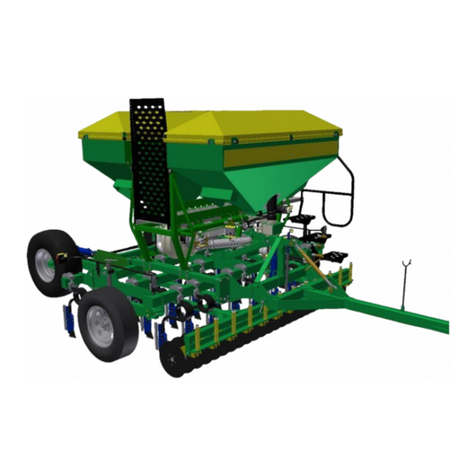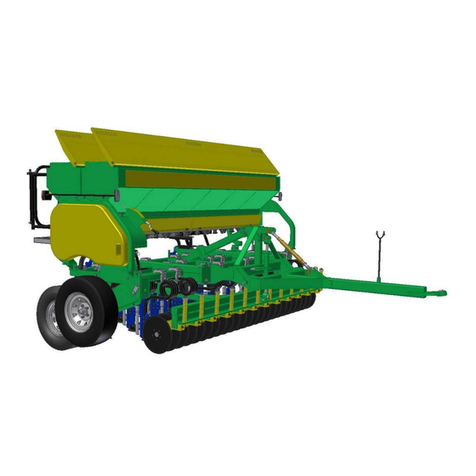5 | P a g e
COMPLETE AND RETURN WARRANTY REGISTRATION TO ENSURE VALIDATION.
IN THE USA RETURN TO: REESE AGRI USA, 705.N MAIN STREET, BRAYMER, MISSOURI,64624, USA.
IN AUSTRALIA AND NZ RETURN TO: REESE ENGINEERING LTD, PO BOX 5056, PALMERSTON NORTH, NEW
ZEALAND
REESE warrants that the Machine delivered shall conform to the specifications set out in this
Handbook.
REESE makes no warranty of saleability or fitness for a particular use, nor is there any other
express or implied warranty.
Subject to such other conditions, warranties, and/or undertakings which may apply from
time to time under any applicable law, REESE warrants with respect to each new
AITCHISON Machine sold by its accredited agents, that for a period of twelve months
from the dates of original retail sale, REESE will repair or replace free of charge any
part found to be defective in factory materials or workmanship under normal use and
operation within the United States of America, Canada, Australia and New Zealand
provided that;
1. The Machine
(a) has been properly assembled and adjusted
(b) has been properly used and operated within the capacity and operating limitations
specified by the manufacturer thereof, and
(c) has been properly maintained and cared for.
2. This Warranty applies to direct purchase from an authorized AITCHISON dealer. If
any defect or fault shall arise such purchaser must return the defective work or Machine
to an authorized AITCHISON Dealer within ten working days of such defect or fault
arising.
3. In the event of the purchaser attempting to repair or replace the work or product
without prior written consent of an authorized AITCHISON Distributor this guarantee
shall become void. REESE may replace or repair any damaged product or work at its
discretion.
4. In respect of such Machine this warranty does not apply to:
(d) misuse or carelessness in handling,
(e) Noncompliance to REESE’s operating and maintenance instruction,
(f) Unauthorized repairs or alterations,
(g) Consequential damage resulting from misuse or initial faults,
(h) Parts subjected to ware or damage as a result of normal operation i.e.
i. Sponge pads and discs
ii. Tines and boots
iii. Discs
iv. Tyres
v. Hydraulic components
5. Any disputes in relation to this contract or product shall be governed by New
Zealand law and shall be determined in a New Zealand court.






























